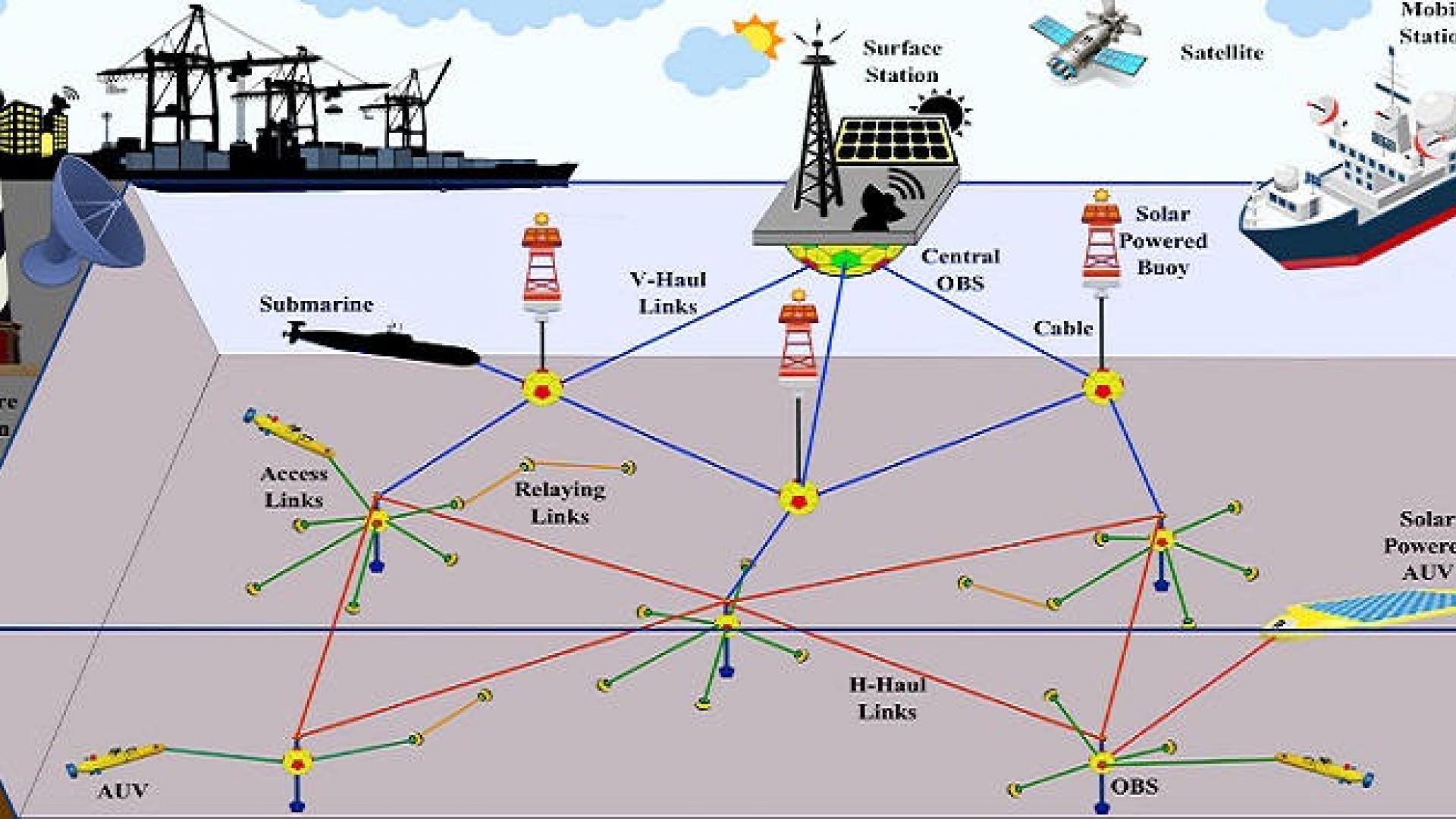ISL scientists have developed a hybrid sensor network that overcomes the shortcomings of acoustic and optical waves. Acoustic and optical waves are two of the most commonly used underwater wireless communication systems.
The new hybrid sensor network can transmit acoustic and optimal signals simultaneously. This feature alongside other developments makes the sensor network a potential solution for the increased demand in high quality underwater communications.
Mohammed Slim-Alouni, a Professor of Electrical Engineering at KAUST believes that using a combination of acoustic and optical waves will provide a good alternative to the current underwater wireless systems.
In the model developed by the KAUST team, sensors are spread underwater and transmit signals to buoys at surface level. In order to minimize the shortcomings of acoustic and optical waves, the sensors transmit acoustic waves at long distances but optical waves at short distances.
Despite the new model developed by members of the ISL team having a lot of potential, Professor Alouni insists that more analysis is needed to further investigate new theoretical models in order to make underwater wireless communication systems as effective as possible.




